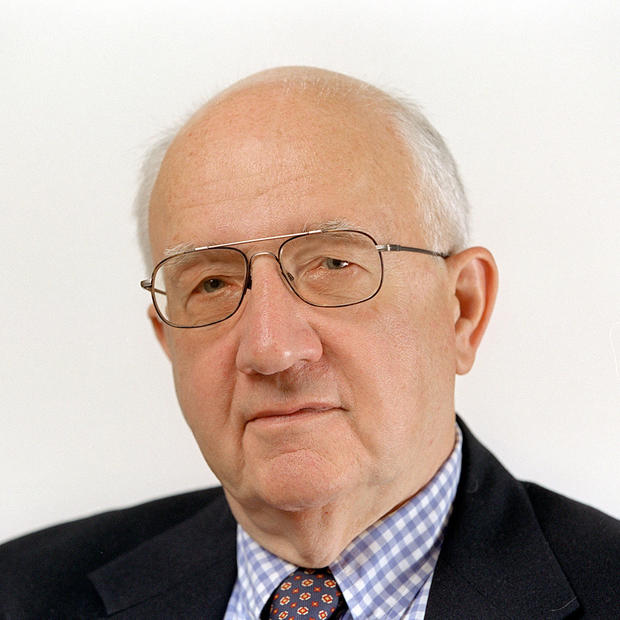Media have been filled over the past week with stories regarding violence by National Football League players against spouses and others. Minnesota Vikings star Adrian Peterson was charged with beating his 4-year-old son.
The league and its owners, characteristically, have been slow to react and reluctant to suspend or punish players who bring dollars at the box office or help boost television ratings.
All of this might even prompt us to question our idolization of our Super Bowl-champion Seattle Seahawks, who have had players with violence or drug-abuse problems.
Professional football is a violent sport. Its violence per se has helped it build its popularity.
The late columnist Mary McGrory, some years back wrote that she regretted the fact that football had replaced baseball as America's national sport. So do I. Professional football, as it has evolved, is not that distant from Roman gladiatorial combat. Its teams play 16 regular-season games. Along the way a certain percentage of players are injured severely enough to be lost for the season. In a bad year some teams end the year with only two-thirds of the players with whom they began it. The average National Football League playing career is four years.
Major League baseball teams, by contrast, play daily — 162 regular-season games — and seldom lose more than two or three players each to season-ending injury (often pitchers with arm or shoulder woes). Some Major League players have careers of 15 to 20 years.
Data released Friday (Sept. 11) in a case brought by former National Football League players underscore the violence in their sport. The former players have a class-action lawsuit pending in federal district court that accuses the NFL of concealing information linking concussions, quite common in the sport, to more-lasting brain injuries.
The report, prepared by an independent actuary paid by the league, estimates that about 3 in 10 former NFL players will develop at least moderate neurocognitive problems and qualify for payments under a proposed concussion settlement. The report projects that 14 percent will be diagnosed with Alzheimer's and another 14 percent with moderate dementia. Data indicated that former NFL players were at twice the risk of the general population, between ages of 20-60, for Alzheimer's, Parkinson's, Lou Gehrig's disease and dementia. Moreover, the players would be hit with these diseases much earlier in life than others suffering them.
No getting around it. NFL football is violent and, for many of those playing it, disabling. Safer helmets and other protective equipment keep being introduced. But the harm continues.
Concussions and injuries also take place in high school and college football. But at nowhere near the rate as in the NFL. NFL players are bigger, stronger and faster than those at lower levels and their collisions more traumatic.
Yet if high school and college players continued in the sport for additional years, they, too, no doubt would incur greater physical and neurological damage. I encouraged both my sons to play high school football. One wanted to play as a non-scholarship walk-on at college level, which I discouraged. Today I would not encourage a son to play football at any level. Other sports offer the challenge of competition and team play without the risk of concussions and other injuries that can have lifelong effects.
For many years I was an NFL season ticket holder in D.C. and likewise had season tickets in early Seahawks days. I attended a couple Seahawks games annually in recent years but now follow them only on TV. One reason: NFL crowds increasingly reflect the violence of the game on the field. There are fewer family groups in the stands; there are more rowdy, drinking-and-drugging screamers who revel when an opposing player is down on the field. Many appear to be looking for a fight. The noise generated by our famous 12th Man during Seahawks games no doubt stems mainly from our pride in our hometown champions. But some of it is coming from primal-screaming fans looking for the kind of excitement found otherwise in auto-speedway collisions.
I have enjoyed attending Husky football games because the experience is less centered on violence per se. Maybe that will begin to change, too, as alcoholic beverages are now OK in parts of Husky Stadium.
Baseball, to me, is still the national game. I prefer to get my heart broken annually rooting for disappointing Mariners teams than I do to invest myself in the culture of violence that the NFL has become. Not many noisy drunks or near fistfights at Safeco Field: It's still a place for families, kids, and fans who love baseball for the sport it is and not as a venting place for anger and aggression.
The NFL, no doubt, will continue to prosper despite the continuing embarrassments associated with it. Commissioner Roger Goodell, who fronts for the owners, makes a stunning $100,000 per day in salary. It will begin to wane only when enough fans and TV advertisers begin to conclude that they'd rather spend autumn Sundays elsewhere. Don't count on that happening soon, although I wish it would.


